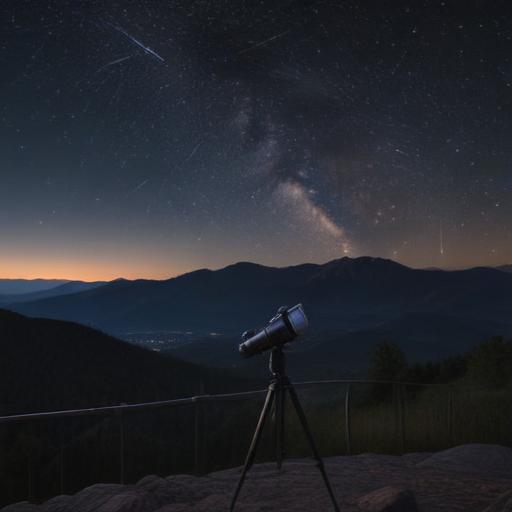The Perseids, renowned as the premier meteor shower of the year, are gearing up to delight stargazers. This spectacular celestial event occurs annually from July 17 to August 23, peaking around mid-August, as noted by the American Meteor Society.
Astronomers characteristically describe the Perseids as “swift and bright,” with meteors that often leave long, colorful trails as they enter the Earth’s atmosphere. Among the highlights of this meteor shower are fireballs—larger explosions of light that tend to last longer than regular meteor streaks. These fireballs emerge from larger fragments of cometary material, making them a striking feature of the event.
Under optimal dark sky conditions, the Perseids can produce between 50 to 100 meteors per hour, offering an ideal opportunity for summer stargazing. The warm summer nights enhance the experience, allowing for more comfortable viewing.
The source of the Perseids lies in the debris left by the Comet Swift-Tuttle, which orbits the sun once every 133 years. This sizeable comet, first discovered in 1862 by astronomers Lewis Swift and Horace Tuttle, has a nucleus measuring 16 miles across—twice the size of the object believed to have contributed to the extinction of the dinosaurs. The last close approach of Comet Swift-Tuttle was in 1992.
To enjoy this year’s Perseid meteor shower, it is recommended to seek an area with minimal light pollution, preferably lying flat on one’s back to easily capture the view of the night sky. The meteors are best observed in the pre-dawn hours, looking toward the constellation Perseus.
This year’s peak viewing is anticipated around August 12, providing a fantastic opportunity for both seasoned astronomers and casual observers alike to witness one of nature’s most stunning spectacles.
